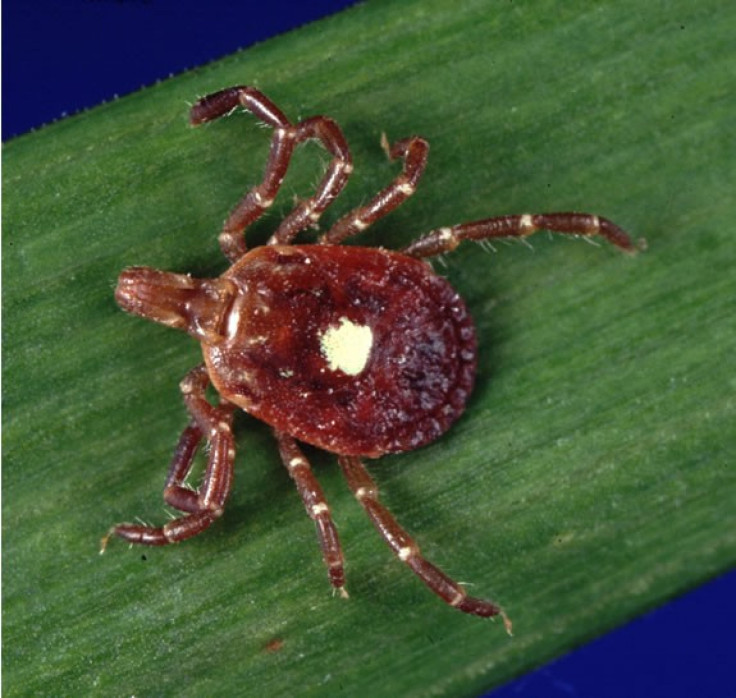Lone Star Tick Bite May Trigger Allergic Reaction To Meat, Symptoms Seen After Just One Bite [PHOTO]

The lone star tick is what insiders say is responsible for the wave of meat allergies spreading up the East Coast.
Named for the white spot on its back, the lone star tick makes its mark by biting its victim and releasing saliva into the wound, which triggers an allergic reaction to meat.
According to Dr. Scott Commins, assistant professor of medicine at the University of Virginia in Charlottesville, people will eat beef and then anywhere from three to six hours later start having a reaction; anything from hives to full-blown anaphylactic shock.
Commins, who spoke with ABC's Good Morning America, added that most people want to avoid having the reaction, so they try to stay away from the food that triggers it.
Researchers are seeing patterns between where the allergy has been popping up and the large population of lone star ticks. But as they continue to investigate cases along the East Coast and into the Bible Belt, Commins suggested the link between lone star ticks and meat allergies is hard to prove. We're still searching for the mechanism.
Allergies usually act up when a person's immune system reacts to normally harmless substances. As antibodies attack the substance that caused the reaction, they trigger the release of histamine, a chemical that causes hives and, in severe cases, life-threatening anaphylaxis.
The lone star tick can be especially harmful in this case due to the fact that blood levels of antibodies for alpha-gal, a sugar found in red meat, lamb and pork, rise after a single bite from the species.
In an effort to tie in the connection between the lone star tick and red meat, Commins told the news outlet that his first step will be to combine tiny samples of tick saliva with the invisible antibodies.
It's complicated, no doubt, Commins said. But we think it's something in the saliva.
© Copyright IBTimes 2024. All rights reserved.












